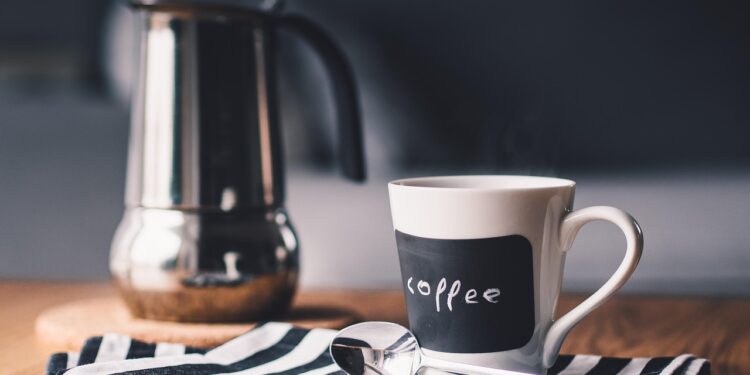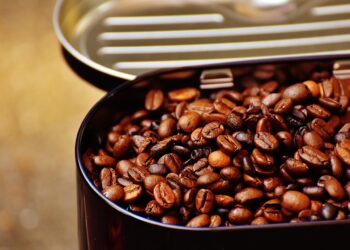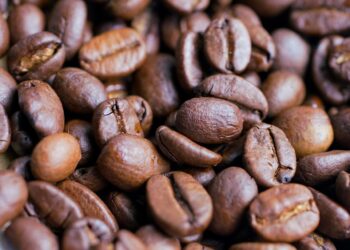Mastering the Art of Perfect Brews: The Essential Guide to Coffee Thermometers
For coffee aficionados, the quest for the perfect brew is both an art and a precise science. One crucial tool in this journey is the coffee thermometer, an instrument pivotal in ensuring your coffee reaches its peak flavor profile. This guide dives deep into the world of coffee thermometers, explaining their indispensable role and how to effectively use them to enhance your coffee-making experience.
Understanding the Importance of Coffee Thermometers
Temperature control is paramount in coffee brewing. Slight deviations can alter the taste, acidity, and mouthfeel of the final product. Coffee thermometers help by providing accurate readings, ensuring the water is at the ideal temperature for extracting maximum flavor without bitterness. This is especially true for methods that require precise temperature management like French press, pour-over, and espresso.
The Science of Temperature in Coffee Brewing
The optimal temperature for brewing coffee is typically between 195°F and 205°F, just below boiling point. At this range, the extraction is efficient—yielding a balanced, flavorful cup. A coffee thermometer ensures that you consistently hit these temperature sweet spots, improving not just taste but also the reproducibility of your brews.
Types of Coffee Thermometers
Coffee enthusiasts have various options when choosing a thermometer, each type catering to different brewing methods and preferences:
- Digital Thermometers: Known for their quick and exact readings, digital thermometers are user-friendly and often come with additional features like timers and alarms.
- Analog Thermometers: These provide a traditional approach with a dial face. They’re reliable and often valued for their aesthetic and durability.
- Smart Thermometers: Incorporating technology, these thermometers can connect to apps providing not just temperatures but also brewing guides and tips.
Choosing the right type depends on your specific needs, budget, and how much precision you require in your brewing process.
How to Use a Coffee Thermometer Effectively
Using a coffee thermometer is straightforward, but maximizing its benefits requires some tips and tricks:
- Pre-warming: Always pre-warm your brewing equipment to maintain temperature stability.
- Calibration: Regularly calibrate your thermometer to ensure accuracy. This is particularly vital for analog models.
- Positioning: Place the probe in the center of your water or coffee stream for consistent readings.
- Instantaneous Readings: Especially with digital thermometers, take note of instantaneous temperature changes and adjust your brewing process accordingly.
Avoiding Common Mistakes
Many beginners make the error of overlooking the thermometer after initial use or not placing it correctly, leading to inconsistent brews. Always ensure the thermometer is fully immersed and not touching the sides or bottom of the kettle or cup to avoid skewed temperature readings.
Integrating Coffee Thermometers Into Different Brewing Methods
Each coffee brewing method can benefit from the precise use of a coffee thermometer:
- Pour-over: Control the temperature during the entire process to adjust brewing time and technique based on the thermal reading.
- Espresso: Use a thermometer to monitor portafilter temperature and steam milk to the ideal frothiness and heat for lattes and cappuccinos.
- French Press: Ensure your water is the right temperature before contact with the grounds to avoid under-extraction or bitterness.
Choosing the Best Coffee Thermometer for Your Needs
When selecting a coffee thermometer, consider the following:
- Response Time: A quicker response time can be crucial for methods like espresso where temperature precision is key.
- Accuracy: Look for a thermometer that offers high accuracy to ensure reliable brewing temperatures.
- Usability: Choose thermometers that are easy to read and handle, especially in fast-paced brewing environments.
- Durability: Particularly for professional settings, select durable thermometers capable of withstanding frequent use.
Final Thoughts
Mastering the art of coffee brewing is more achievable than ever with the proper tools. A reliable coffee thermometer is an essential asset in your coffee toolkit, playing a critical role in each cup’s quality. By understanding and utilizing coffee thermometers efficiently, you enhance not only the flavor but also the overall experience of your coffee brewing journey.
Whether you are a beginner or a seasoned barista, integrating a precise, easy-to-use coffee thermometer into your brewing setup can elevate your coffee to barista-level standards, right from the comfort of your own home.
FAQs About Coffee Thermometers
1. How often should I calibrate my coffee thermometer? Calibrate your thermometer every few months or according to the manufacturer’s instructions to ensure accuracy.
2. Can I use a meat thermometer for coffee? It’s not recommended as meat thermometers may not have the required accuracy or speed for optimal coffee brewing.
3. Is a digital or analog coffee thermometer better? Both have their pros and cons; digital offers precision and ease of use, while analog is praised for durability and aesthetic. Your choice depends on your personal preferences and brewing style.
With the right tools and knowledge, you’re well on your way to achieving that perfect brew every time, making every cup a testimony to your skill and passion for coffee.





